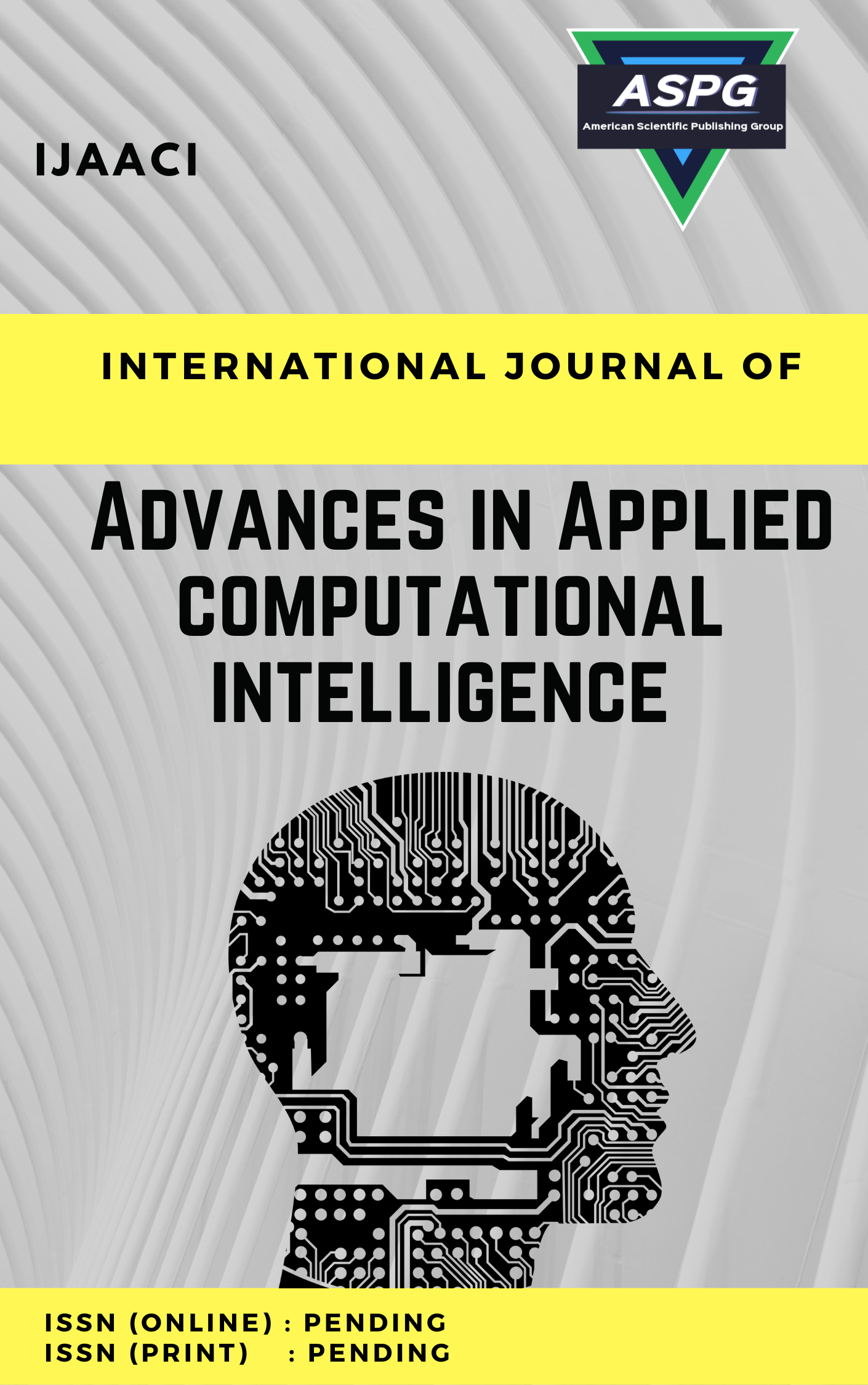

Volume 2 , Issue 2 , PP: 45-53, 2022 | Cite this article as | XML | Html | PDF | Full Length Article
Irina V. Pustokhina 1 * , Denis A. Pustokhin 2
Doi: https://doi.org/10.54216/IJAACI.020205
An increasingly pressing concern for city planners, housing affordability (HA) is fundamentally a political problem involving the redistribution of city resources. While attention to social policy was and is very important, this is often spatially absent. So, this paper proposed a framework to evaluate sustainable housing affordability (SHA). In this research, we present a method for multi-criteria decision-making (MCDM) issues by adapting the method for ordering preferences according to the degree to which a given solution is like the ideal one (TOPSIS). Experts' assessments of every choice in terms of each criterion are reflected in a single-valued neutrosophic set (SVNS). More gaps in knowledge may be filled in with the help of neutrosophic sets, which are differentiated by their truth, indeterminacy, and falsity values. The SHA is evaluated using the SVNS TOPSIS method. Lastly, an instance illustration is given to showcase the strategy's usefulness and efficacy.
Single Valued Neutrosophic Set , MCDM , TOPSIS , Sustainable Housing Affordability , Evaluation
[1] E. Mulliner, N. Malys, and V. Maliene, “Comparative analysis of MCDM methods for the assessment of sustainable housing affordability,” Omega, vol. 59, pp. 146–156, 2016.
[2] A. Valipour, H. Sarvari, and J. Tamošaitiene, “Risk assessment in PPP projects by applying different MCDM methods and comparative results analysis,” Adm. Sci., vol. 8, no. 4, p. 80, 2018.
[3] W. Cai and X. Lu, “Housing affordability: Beyond the income and price terms, using China as a case study,” Habitat Int., vol. 47, pp. 169–175, 2015.
[4] S. J. Newman and C. S. Holupka, “Housing affordability and child well-being,” Hous. Policy Debate, vol. 25, no. 1, pp. 116–151, 2015.
[5] A. Acolin and R. K. Green, “Measuring housing affordability in São Paulo metropolitan region: Incorporating location,” Cities, vol. 62, pp. 41–49, 2017.
[6] C. Zhang, S. Jia, and R. Yang, “Housing affordability and housing vacancy in China: The role of income inequality,” J. Hous. Econ., vol. 33, pp. 4–14, 2016.
[7] R. J. Bentley, D. Pevalin, E. Baker, K. Mason, A. Reeves, and A. Beer, “Housing affordability, tenure and mental health in Australia and the United Kingdom: a comparative panel analysis,” Hous. Stud., vol. 31, no. 2, pp. 208–222, 2016.
[8] K. Barron, E. Kung, and D. Proserpio, “The Sharing Economy and Housing Affordability: Evidence from Airbnb.,” EC, vol. 5, 2018.
[9] E. Baker, R. Bentley, L. Lester, and A. Beer, “Housing affordability and residential mobility as drivers of locational inequality,” Appl. Geogr., vol. 72, pp. 65–75, 2016.
[10] M. Saberi, H. Wu, R. Amoh-Gyimah, J. Smith, and D. Arunachalam, “Measuring housing and transportation affordability: A case study of Melbourne, Australia,” J. Transp. Geogr., vol. 65, pp. 134–146, 2017.
[11] A. P. C. Chan and M. A. Adabre, “Bridging the gap between sustainable housing and affordable housing: The required critical success criteria (CSC),” Build. Environ., vol. 151, pp. 112–125, 2019.
[12] R. M. Zulqarnain, X. L. Xin, M. Saqlain, F. Smarandache, and M. I. Ahamad, “An integrated model of neutrosophic TOPSIS with application in multi-criteria decision-making problem,” Neutrosophic Sets Syst., vol. 40, pp. 253–269, 2021.
[13] P. Biswas, S. Pramanik, and B. C. Giri, “Neutrosophic TOPSIS with group decision making,” fuzzy multi-criteria Decis. using neutrosophic sets, pp. 543–585, 2019.
[14] X. Peng and J. Dai, “Approaches to single-valued neutrosophic MADM based on MABAC, TOPSIS and new similarity measure with score function,” Neural Comput. Appl., vol. 29, pp. 939–954, 2018.
[15] H. Garg, “A novel divergence measure and its based TOPSIS method for multi criteria decision-making under single-valued neutrosophic environment,” J. Intell. Fuzzy Syst., vol. 36, no. 1, pp. 101–115, 2019.
[16] M. Akram and F. Smarandache, “Decision-making with bipolar neutrosophic TOPSIS and bipolar neutrosophic ELECTRE-I,” Axioms, vol. 7, no. 2, p. 33, 2018.
[17] P. Biswas, S. Pramanik, and B. C. Giri, “NonLinear programming approach for single-valued neutrosophic TOPSIS method,” New Math. Nat. Comput., vol. 15, no. 02, pp. 307–326, 2019.
[18] S. Nădăban and S. Dzitac, “Neutrosophic TOPSIS: a general view,” in 2016 6th International Conference on Computers Communications and Control (ICCCC), Ieee, 2016, pp. 250–253.
[19] H. Sharma, A. Tandon, P. K. Kapur, and A. G. Aggarwal, “Ranking hotels using aspect ratings based sentiment classification and interval-valued neutrosophic TOPSIS,” Int. J. Syst. Assur. Eng. Manag., vol. 10, pp. 973–983, 2019.
[20] İ. Otay and C. Kahraman, “Six sigma project selection using interval neutrosophic TOPSIS,” in Advances in Fuzzy Logic and Technology 2017: Proceedings of: EUSFLAT-2017–The 10th Conference of the European Society for Fuzzy Logic and Technology, September 11-15, 2017, Warsaw, Poland IWIFSGN’2017–The Sixteenth International Workshop on Intuitionistic, Springer, 2018, pp. 83–93.
[21] P. Biswas, S. Pramanik, and B. C. Giri, “TOPSIS method for multi-attribute group decision-making under single-valued neutrosophic environment,” Neural Comput. Appl., vol. 27, pp. 727–737, 2016.